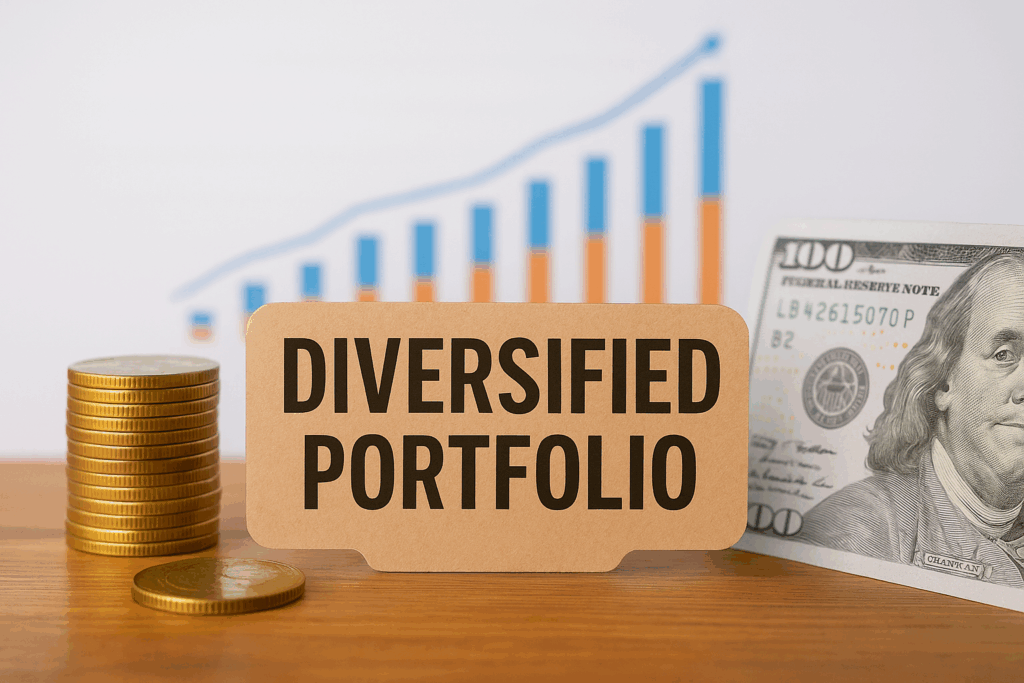Investing for Beginners: How to Start Building Your Future
Beginning the journey of investing can feel like stepping into a whole new world. There are so many terms, options, and opinions that it’s easy to feel overwhelmed. But the truth is, investing does not need to be complicated. With a clear understanding of the basics and a few guiding principles, anyone can take the first steps toward building wealth and creating a more secure financial future.
Understanding the Basics of Investing
At its core, investing means putting your money to work with the goal of growing it over time. Instead of letting your savings sit in a bank account earning little to no interest, investing allows your money to generate returns. This growth comes in different forms, depending on what you invest in.
The most common investment types include stocks, bonds, mutual funds, ETFs, real estate, gold, and even newer options like cryptocurrencies. Each of these comes with its own level of risk and potential reward. By combining them in the right way, you can build a balanced portfolio that suits your goals and comfort level.
Setting Clear Financial Goals
Before you begin, think about why you want to invest. Are you saving for retirement? Hoping to buy a home in the next ten years? Preparing for your children’s education? Each goal comes with a different timeline and level of risk.
Your personal circumstances also matter. If you know you might need money soon, you’ll want safer investments that you can easily access. If your goal is decades away, you can take on more risk because you have time to ride out market ups and downs.

Building a Diversified Portfolio
One of the golden rules of investing is diversification. This simply means not putting all your eggs in one basket. Instead of relying on a single investment, you spread your money across different asset classes and sectors.
For example, within stocks you can invest in companies from different industries like technology, healthcare, or finance, and even different regions of the world. With bonds, you might choose both government and corporate bonds. A diversified portfolio reduces the risk that one poor-performing investment will derail your whole plan.
Balancing Risk with Asset Allocation
Every investor needs to find the right balance between risk and return. This is what’s known as asset allocation. A conservative investor might hold a higher share of bonds for stability, while someone comfortable with more risk might lean heavily into stocks.
Your allocation depends on three things: your goals, your time horizon, and your risk tolerance. Younger investors with decades until retirement can generally afford to take more risk, while those closer to retirement may prefer more stability.
The Power of Compounding
One of the most powerful forces in investing is compounding. This happens when your earnings start to generate earnings of their own. For example, if you reinvest dividends from stocks or interest from bonds, your money begins to snowball.

The earlier you start, the more time compounding has to work in your favor. Even small amounts invested regularly can grow into something significant over the years. This is why starting today, even with modest sums, is often more important than waiting until you feel “ready.”
Staying Patient and Consistent
Investing is not a quick path to wealth. Markets rise and fall, and it can be tempting to react emotionally when things get bumpy. But successful investors focus on the long term.
One popular approach for beginners is the “buy and hold” strategy. This means purchasing a diversified ETF or mutual fund and holding onto it for years, trusting that over time, markets tend to grow. Patience and consistency are far more powerful than trying to time the market.
An Overview of Common Investment Types
Stocks: When you buy stocks, you become a part-owner of a company. Over the long run, stocks have historically offered high returns, but they can also be very volatile. To build a healthy stock portfolio, diversification is essential. For most beginners, buying individual stocks can be expensive and risky, so starting with ETFs may be a safer choice.
Bonds: Bonds are loans you give to governments or companies in exchange for regular interest payments. They are generally less risky than stocks but offer lower returns. Bonds can bring stability to a portfolio, though sometimes high-yield savings accounts may offer competitive interest rates with more flexibility.
Mutual Funds: These pool money from many investors to buy a mix of stocks, bonds, or other assets. The advantage is diversification and professional management, but the downside can be higher fees that eat into returns. It’s important to compare costs before choosing a fund.
Exchange-Traded Funds (ETFs): ETFs are similar to mutual funds but are often cheaper and easier to trade. They give you instant diversification and are a popular starting point for new investors. Still, their value can rise and fall with the market, and some may not track their underlying index perfectly.
Real Estate: Buying property can provide rental income and long-term growth. Real estate is tangible and often feels more secure, but it requires significant capital and can be hard to sell quickly. Property values also fluctuate with the economy.
Gold: Gold is often seen as a safe haven during uncertain times. It can protect against inflation but doesn’t generate income. Its value can be unpredictable, so most investors use it as a small part of a larger portfolio.
Cryptocurrencies: Digital currencies like Bitcoin have gained a lot of attention in recent years. They are innovative and sometimes highly profitable, but they are also extremely volatile and speculative. For beginners, crypto should usually only be a very small portion of a portfolio, if included at all.
Final Thoughts
Investing for beginners is all about taking the first step. You don’t need to know everything or have a large amount of money to begin. What matters most is starting, staying consistent, and learning along the way. Over time, the combination of discipline, diversification, and patience can turn small beginnings into real financial progress.
Disclaimer: This article is for informational purposes only and should not be taken as financial advice. Every investment involves risks, and it’s important to do your own research or consult with a licensed financial advisor before making decisions.




